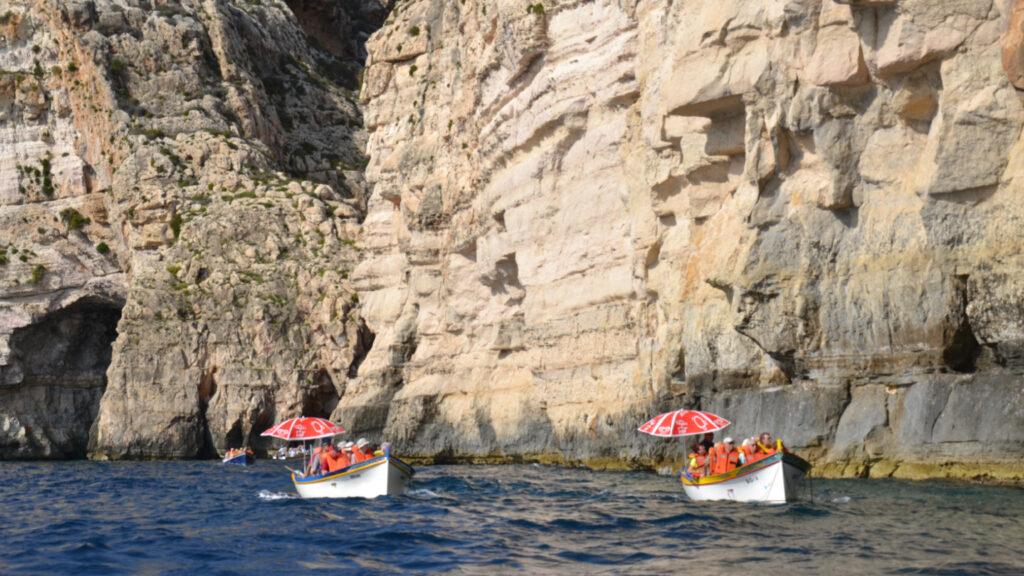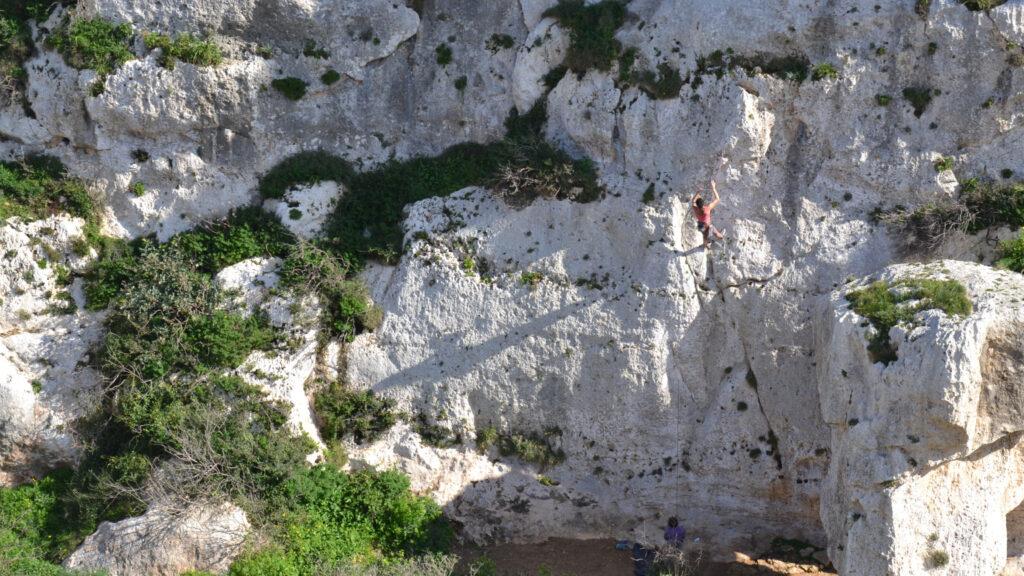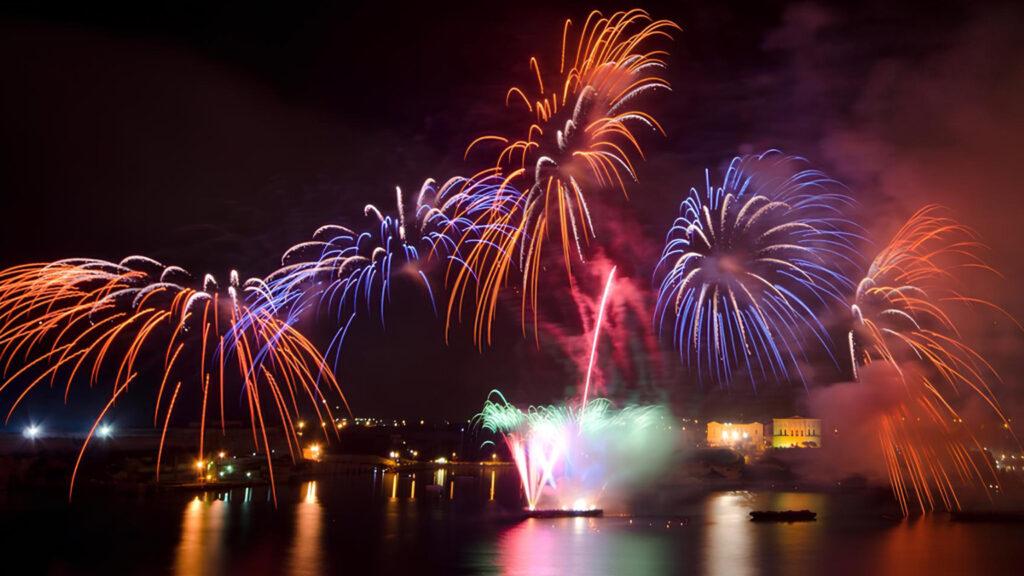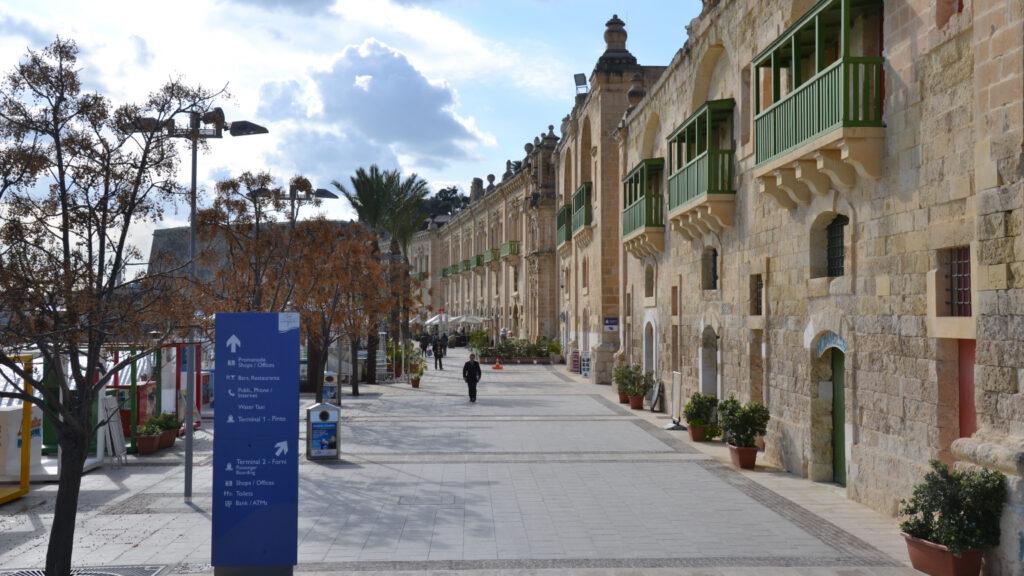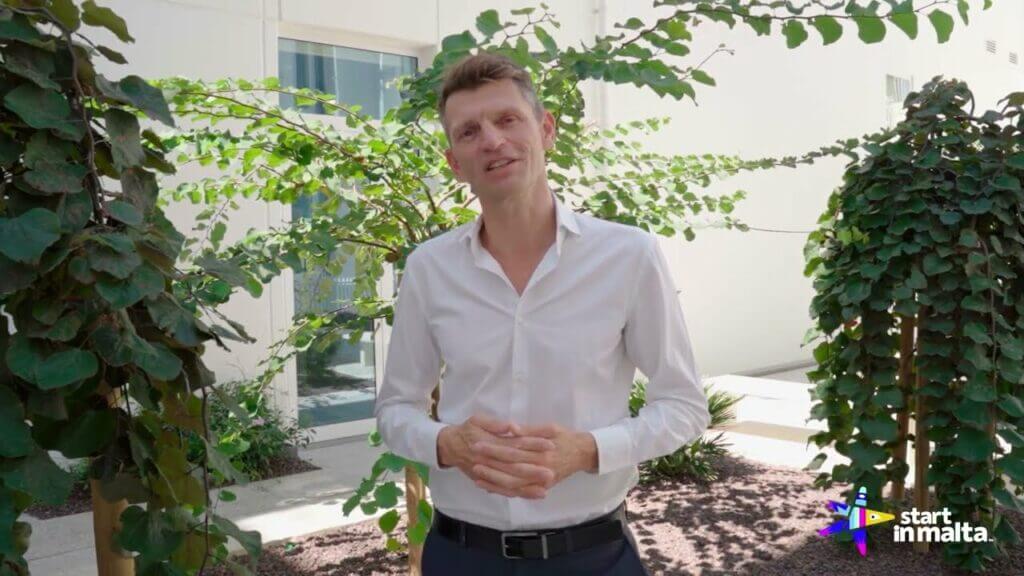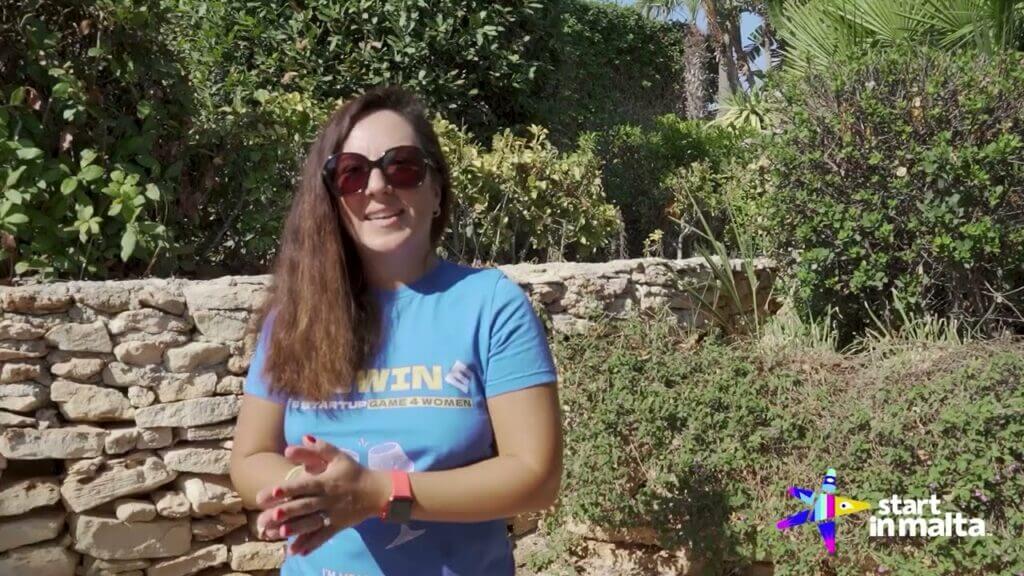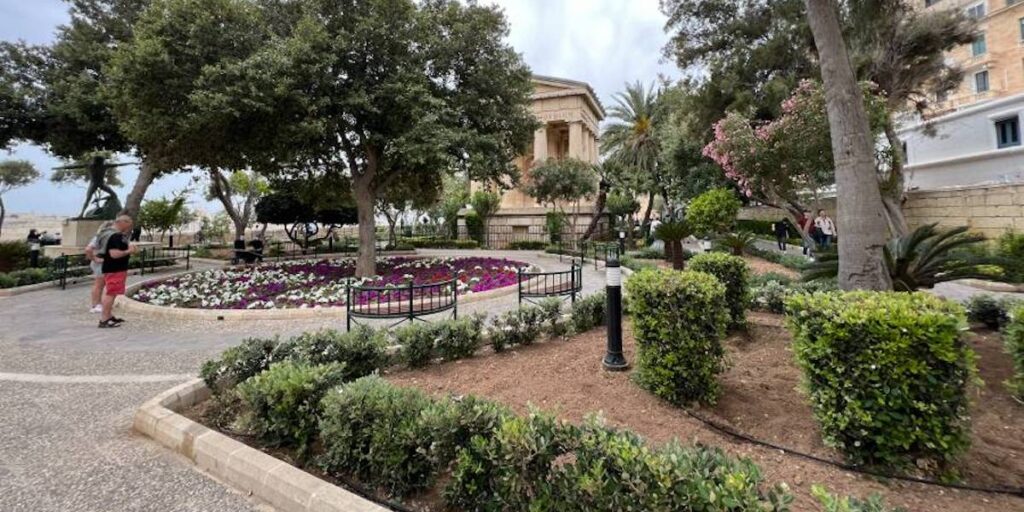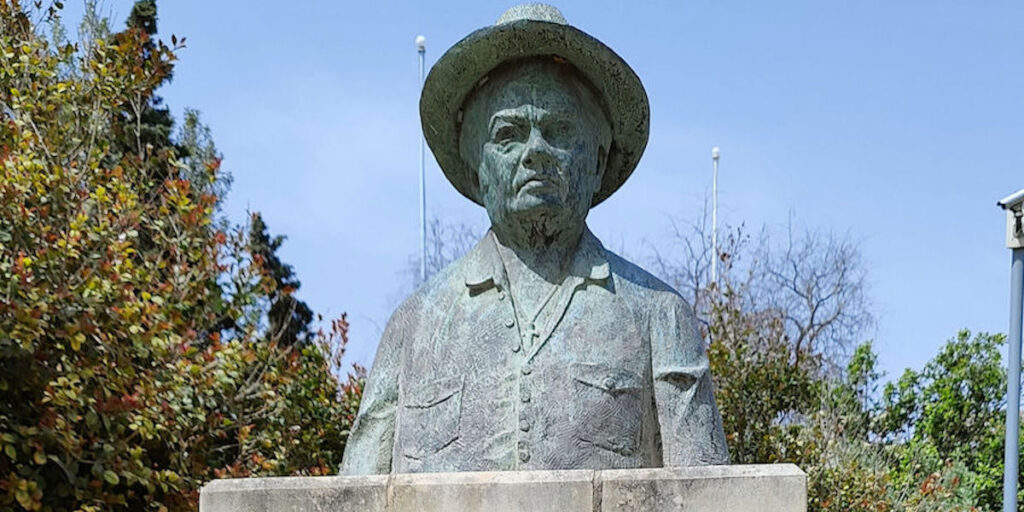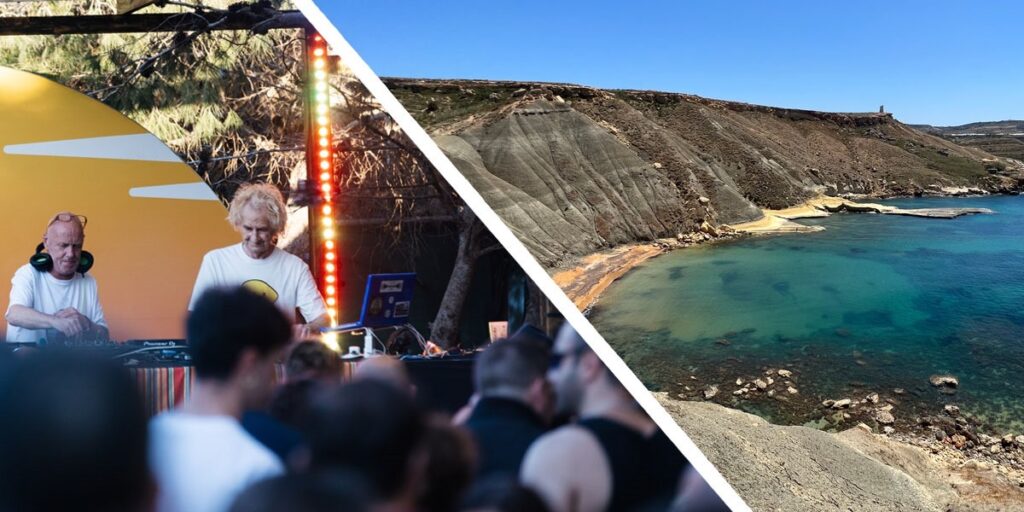It is a known fact that Malta was an inspiration for many writers. We have already explored writers of the 19th century who came to visit the islands. Here is a list of some 20th century writers who resided in Malta.
Evelyn Waugh (1903-1966)
The first of internationally famed 20th century writers who stopped in Malta is Evlyn Waugh. During his Mediterranean tour, Waugh was running low on money and he was planning to leave
Cairo for Malta. Before he left he wrote a letter to two rival hotels saying that he wanted to get in
for free. In exchange he offered to write a favourable reference.
As he arrived in Valletta on the 12th of April 1928, both hotels sent representatives to greet him
whilst offering him their services. Before leaving Cairo he had heard that one was better than
the other and so he chose that one and told the other representative that the letter they received
was a forgery!
In his short stay Waugh notes that he loved some work by Melchiorre Gafa, the local sculptor.
If you’re interested in reading more about this, he has a travel book called Labels (1931) where
he talks about Malta.

Samuel Beckett (1906-1989)
One of the most profound writers of the last century, Samuel Beckett visited Malta twice on
holiday, with his wife Suzanne. Beckett stayed at the Selmun Palace Hotel, which he recounts
was empty—probably because they visited in autumn.
In a letter he wrote to his friends he says he enjoyed the sun and swimming in this ‘quiet
emptiness’. He explained his state in the letter by saying it ‘aches no better but somehow more
tolerable’.
Whilst in Malta he was also kicked out of the Mdina Cathedral for wearing shorts and visited
Calypso’s cave—which apparently didn’t impress him much. Most notably, he was stunned by
the “tremendous” Beheading of St. John the Baptist by Caravaggio. In his biography Damned to
Fame James Knowlson notes that Beckett was inspired by the look of horror on the elderly
woman in the painting, which supposedly inspired him to write his short play Not I a year after
visiting Malta the first time. The second time he and his wife visited was a year later.
Thomas Pynchon (1937- )
Let’s start by saying that Pynchon’s most famous work V. is in some parts set in Malta;
specifically Valletta. Although it is speculated whether or not he was actually on the island, there
are details in the novel that indicate that it is likely that he was.
Apart from mentioning places around the city like the Pheonicia and other locations, Pynchon
very accurately describes a Maltese character by the name of Fausto Maijistral whose wish to
become a poet is hindered by him having grown up speaking both English and Maltese.
Interestingly, this issue was a concern of the local poets of the 60’s and 70’s, and is a common
occurrence in many postcolonial countries.
Anthony Burgess (1917-1993)
After marrying his second wife Liana Macelleri, Burgess moved to the Mediterranean, and then
to Malta in 1968. His wife was very keen to explore the island after having translated Pynchon’s
V. to Italian. They settled in Lija and their son learned Maltese very quickly due to interacting
with the locals. On the other hand Burgess apparently said that he tried to follow his son but
found it incredibly difficult.
Unfortunately this was not the only difficulty in Burgess’ stay. At the time Malta’s censorship
rules were not so lenient and he was a very transgressive and peculiar writer. In fact he had to
give up a big chunk of his personal library upon arrival in Malta, since some of his books were
deemed ‘pornographic’. After around two years in Malta he left and went to live in Bracciano in
Italy.

Sir Tom Stoppard (1937- )
A playwright, scriptwriter and director, Tom Stoppard was a leading figure in the drama scene
for a few decades. He came to Malta in winter of 1997 and booked a luxury hotel in Gozo to
work on a play. Stoppard loved his solitary Winter weeks writing on the sister-island.
Title image was cropped. Attribution: Salvatore Lorenzo Cassar, Public domain, via Wikimedia Commons









